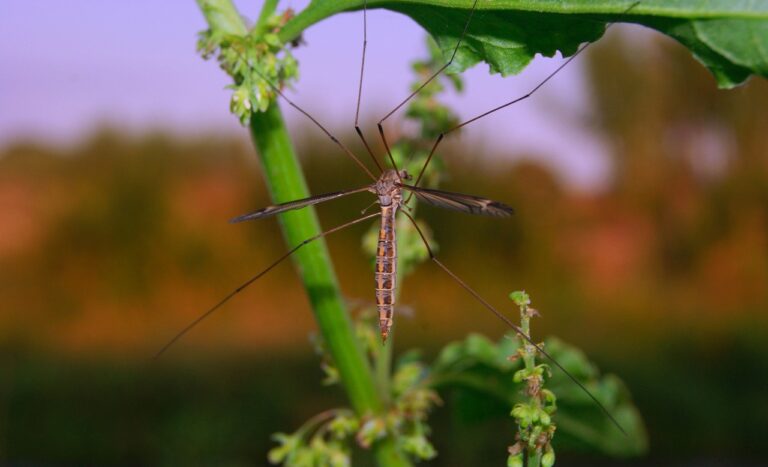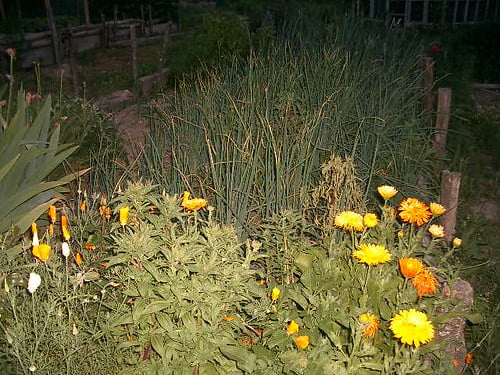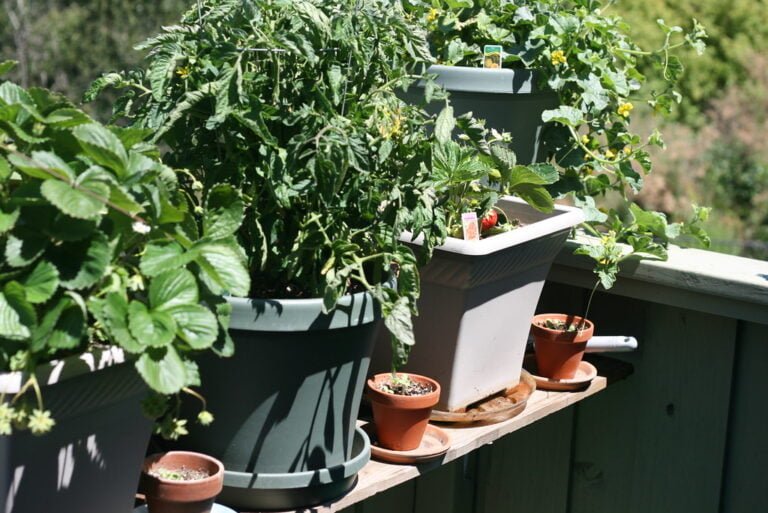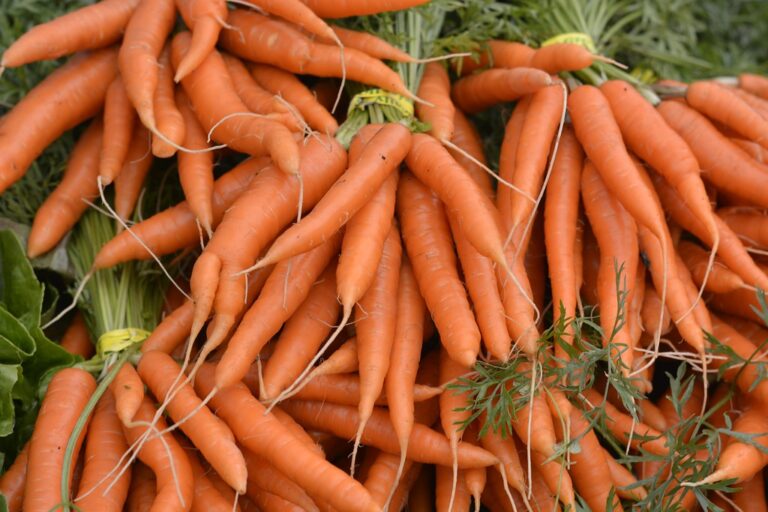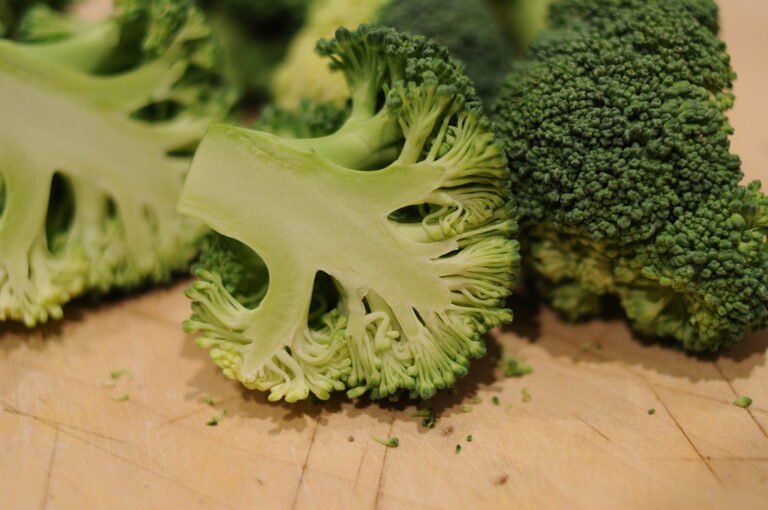Understanding Sage Companion Plants: A Comprehensive Guide
Are you looking to maximize the growth and health of your sage plants? Look no further! In this comprehensive guide, we will walk you through the ins and outs of sage companion planting. Discover the benefits of pairing sage with the right plants and learn which ones to avoid. With our expert tips and advice, you'll be able to create a thriving garden filled with sage and its perfect companions. Get ready to take your sage planting to the next level!
The Basics of Sage Companion Planting
Start by selecting a few key companion plants that will enhance the growth and flavor of your sage. When it comes to sage companion planting, there are a few options that work particularly well. One great choice is rosemary, which not only complements sage's earthy flavor, but also repels certain pests. Another excellent companion plant for sage is thyme, as it shares similar growing conditions and helps deter pests like cabbage worms. Additionally, planting sage alongside lavender can enhance the overall aroma and attract beneficial pollinators. Lastly, consider planting sage near tomatoes, as they benefit from each other's presence and help repel pests. Remember to give your companion plants enough space to grow and thrive, and always provide adequate sunlight, water, and nutrients for a successful garden.
Benefits of Sage Companion Plants
Enhance the growth and flavor of your sage by incorporating companion plants that offer a range of benefits. Companion planting with sage can help improve soil fertility, deter pests, and attract beneficial insects to your garden. For example, planting sage alongside thyme can enhance the flavor of both herbs and promote their overall growth. Additionally, planting sage near rosemary can help repel common pests like aphids and cabbage moths. Sage also benefits from the presence of marjoram, which can improve its overall health and vitality. Furthermore, interplanting sage with chamomile can attract pollinators like bees and butterflies, ensuring better yield and reproduction. By strategically choosing companion plants for your sage, you can create a harmonious and thriving garden ecosystem that serves your culinary and aesthetic needs.
Choosing the Right Companion Plants for Sage
To select the ideal companion plants for your sage, consider the specific benefits you want to achieve in your garden ecosystem. Companion plants can help repel pests, attract beneficial insects, improve soil fertility, and provide shade or support for your sage plants. When choosing companions, think about the needs of your sage, such as sunlight, moisture, and soil type. For example, marigolds are great companions for sage as they repel aphids and attract pollinators. Other suitable options include lavender, thyme, and rosemary, which share similar growing conditions with sage. Additionally, planting sage near vegetables like tomatoes, beans, and cabbage can deter pests and improve the flavor of your harvest. Remember to consider the size and growth habit of your companion plants to ensure they won't overshadow or compete with your sage. By carefully selecting companion plants, you can create a harmonious and thriving garden ecosystem.
Best Herbs to Grow With Sage
When growing sage, it's important to consider the best herbs to grow alongside it, as they can provide additional benefits to your garden ecosystem. One of the best herbs to grow with sage is rosemary. Rosemary has similar growing conditions to sage and can enhance its flavor when used together in cooking. Additionally, the strong scent of rosemary can help repel pests, protecting your sage plants. Another great herb to grow with sage is thyme. Thyme attracts beneficial insects like bees and butterflies, which can help with pollination in your garden. It also has antimicrobial properties that can protect your sage plants from diseases. Lastly, parsley is a good companion for sage as it attracts hoverflies, which are natural predators of aphids. Together, these herbs can create a harmonious and productive garden ecosystem.
Flowers That Thrive Alongside Sage
One of the flowers that thrive alongside sage is lavender, which complements sage with its similar growing conditions and soothing aroma. Lavender is not only a beautiful addition to your garden, but it also serves a practical purpose. Its strong fragrance helps to deter pests that may harm your sage plants, making it an ideal companion. Another flower that pairs well with sage is yarrow. Yarrow is known for its resilience and ability to attract beneficial insects like ladybugs and lacewings, which can help control garden pests. Additionally, yarrow's vibrant colors add a touch of beauty to your sage patch. Lastly, marigolds are another great choice to grow alongside sage. Their bright orange and yellow flowers not only create a visually appealing contrast, but they also repel harmful insects and attract pollinators. By including these flowers alongside your sage, you not only enhance the aesthetic appeal of your garden, but you also create a beneficial environment for your sage plants to thrive.
Vegetables That Pair Well With Sage
If you're looking to enhance the flavors of your sage dishes, consider pairing sage with vegetables that complement its earthy and savory notes. Sage is a versatile herb that pairs well with a variety of vegetables, adding depth and complexity to your dishes. One excellent option is butternut squash, which has a slightly sweet flavor that balances well with the earthiness of sage. Another great choice is Brussels sprouts, which have a nutty flavor that pairs perfectly with the bold taste of sage. For a lighter option, try pairing sage with roasted carrots, which bring a natural sweetness that complements the herb's savory profile. Lastly, mushrooms are a fantastic choice, as their earthy taste harmonizes with sage, creating a rich and satisfying combination. Experiment with these vegetable pairings to elevate your sage dishes and delight your taste buds.
Avoid These Plants as Sage Companions
To maintain the integrity of your sage plants, it is important to be aware of the plants that should not be grown alongside them as companions. While sage is a resilient and versatile herb, certain plants can hinder its growth and overall health. One plant to avoid planting near sage is cucumbers. Cucumbers require a lot of water, and their sprawling vines can overshadow and smother the sage plant. Another plant to keep away from sage is tomatoes. Tomatoes are known for attracting pests such as aphids and hornworms, which can also harm sage. Additionally, avoid planting sage near any type of vine, such as grapes or melons, as they can easily overpower and shade the sage. By avoiding these plants as companions, you can ensure the well-being of your sage plants and enjoy a bountiful harvest.
Companion Planting Tips for Sage Success
To ensure the success of your sage plants, implement effective companion planting strategies. Sage is a versatile herb that can benefit from the presence of certain plants while deterring pests and promoting growth. One effective strategy is to plant sage alongside vegetables like cabbage, carrots, and tomatoes. These plants provide shade and help retain moisture, which is beneficial for sage's growth. Additionally, sage can benefit from the presence of aromatic herbs like rosemary and thyme, as they can help repel pests. However, it is important to avoid planting sage near plants from the onion family, such as garlic and chives, as they can hinder sage's growth. By following these companion planting tips, you can ensure the success of your sage plants and enjoy a bountiful harvest.
Common Mistakes to Avoid in Sage Companion Planting
When considering sage companion planting, it is crucial to be aware of common mistakes that can hinder the success of your sage plants. One common mistake is planting incompatible companions. Sage thrives when planted alongside rosemary, thyme, and lavender, as they all have similar soil and sunlight requirements. However, planting sage with vegetables like cucumbers and tomatoes can lead to stunted growth and poor flavor. Another mistake is overcrowding. Give your sage plants enough space to grow and spread their roots. Overwatering is also a common error. Sage prefers well-draining soil, so water sparingly and only when the top inch of soil is dry. Lastly, neglecting regular pruning can result in leggy, unproductive sage plants. Prune regularly to promote bushy growth and a higher yield of aromatic leaves. By avoiding these mistakes, you can ensure healthy, thriving sage plants in your garden.
Harvesting and Using Sage Companion Plants
You can harvest and use your sage companion plants in a variety of ways. When it comes to harvesting sage, it's best to wait until the plant is fully grown and the leaves are mature. To harvest, simply cut the stems about two inches above the ground, leaving some leaves on the plant to encourage regrowth. You can then dry the leaves by hanging them upside down in a cool, dry place. Once dried, you can store the leaves in an airtight container for future use. Sage leaves can be used in a variety of dishes, such as soups, stews, and roasted vegetables. They can also be used to make a soothing tea or infused into oils for topical use. Harvesting and using your sage companion plants can add a delicious and aromatic touch to your culinary creations.
Conclusion
In conclusion, understanding sage companion plants is essential for successful gardening. By choosing the right herbs and flowers to grow alongside sage, you can enhance its growth and repel pests naturally. Avoiding certain plants as companions and following companion planting tips will ensure the best results. Remember to harvest and use sage companion plants wisely to enjoy their aromatic and culinary benefits. With a little knowledge and experience, you can create a thriving and harmonious garden with sage as the star.


